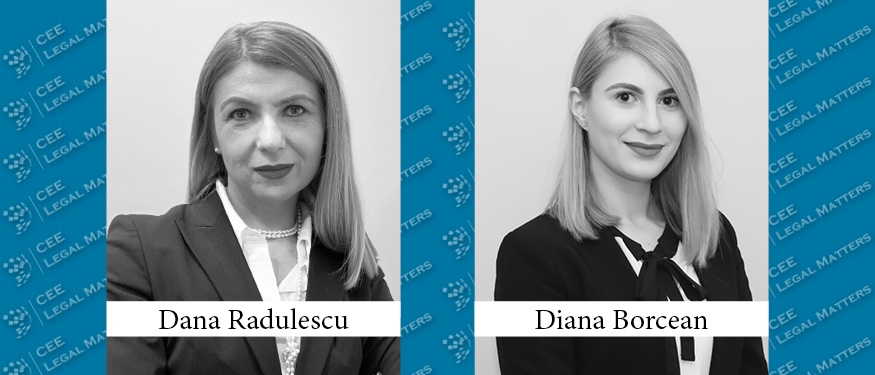In the pursuit of promoting renewable energy sources and achieving goals like decarbonization, as well as more ambitious ones such as energy independence, the European Union constantly both encourages and imposes achieving these objectives on the member states. As the whole world was recently shaken by pandemics and war, we are now facing an energy crisis worsened by these tragedies. In this context, in the second half of last year, Romanian legislators adopted several pieces of legislation aimed at mending various blockages encountered in practice by RES developers.
We’ll highlight the main legislative changes impacting one of the most critical milestones when developing RES projects – the process of land securitization with its countless challenges – as this second wave of RES projects unfolds.
Legislative Response to Practical Obstacles
Apart from the various studies needed (wind measurement, solar radiation, etc.), suitable land is crucial for RES projects in the early development process. The trouble is that large surfaces of land are a must if the capacity of the RES project is significant, especially when we are talking about solar plants, since generally these lands are agricultural by destination and can be found only outside the built-up area.
As a matter of principle, constructions could only be erected upon lands inside the built-up area and Law no. 18/1991 on the land fund (Law 18/1991) provided only a few exceptions from this rule, RES projects not among them. As a result, the lands for such projects (irrespective of their surface) needed to first be incorporated inside the built-up area based on an urban zoning plan (PUZ).
Following last year’s Law no. 254/2022 amending and supplementing Law 18/1991 and other normative acts, RES projects can now be developed directly outside the built-up area, without a PUZ, but only on lands of up to 50 hectares.
Similarly, Order no. 83/2018 approving the Procedure for the definitive or temporary removal from agricultural use of land located outside the built-up areas of municipalities, as well as approving the Procedure for the reimbursement of the fee paid to the Land Improvement Fund was recently amended in order to speed up the procedure of land removal from the agricultural circuit for RES projects (also for up to 50 hectares), which is mandatory for obtaining the building permit.
An Unexpected Turn
Of course, the purpose of the above enactments was to facilitate the development of RES projects (by skipping the PUZ phase), but the practice of local authorities took an unexpected turn, construing that no RES projects whatsoever could be developed on surfaces larger than 50 hectares.
And some local authorities took a step further in making bizarre interpretations, by arguing that the PUZ is still mandatory, even for RES projects under 50 hectares, since that exception was only introduced in Law 18/1991 (allowing development outside the built-up) area, but no similar exemptions were introduced in Law no. 50/1991 on the authorization of construction works (Law 50/1991).
On a positive note, at least this last interpretation was put to rest as Law 50/1991 was amended earlier this year, expressly providing that RES projects under 50 hectares can be developed without zoning documentation. Thus, because of the above legislative changes, normally two types of RES projects can be developed: within a limit of 50 hectares and without PUZ, or exceeding that area with a mandatory PUZ.
A Preventable Blockage
However, in practice, there is currently a blockage at the level of the Romanian Ministry of Agriculture and Rural Development, which has only authorized removals of surfaces below 50 hectares from the agricultural circuit. Given that the removal is a mandatory procedure in obtaining the building permit, all RES projects exceeding 50 hectares are momentarily put on hold. Further legislative amendments are expected, to resolve the current situation and ensure the balance between the two differing views, one promoting RES development and the other preserving the agricultural destination of lands.
The inconsistencies between the purpose of the legislative changes and the way they are construed in practice have multiple causes, ranging from defective legislative technique (allowing for multiple and contrary interpretations) to the opposing views of the involved authorities regarding land use (for either agriculture or RES development). Still, Romania is currently viewed positively by investors, and many RES projects are being developed – so the legislative framework will have to reflect those market needs and crystallize the policy directions in practice.
By Dana Radulescu, Partner, and Diana Borcean, Senior Associate, MPR Partners
This article was originally published in Issue 10.2 of the CEE Legal Matters Magazine. If you would like to receive a hard copy of the magazine, you can subscribe here.
















